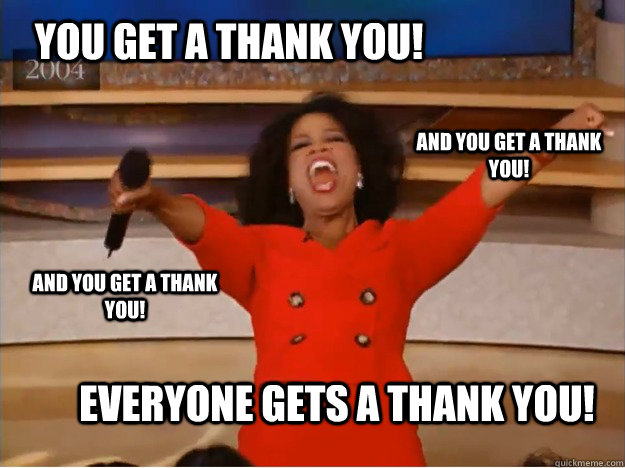One of the tools I found neat and that I wish I will have the resources for at my future school is my "Trends in Ed Tech" presentation on augmented reality. I was amazed by the advancements and benefits that augmented reality can provide in a classroom. It gives the physical and visual learner an opportunity to actually learn in their own element. They no longer have to worry about memorizing text or trying to decipher confusing charts of data. With augmented reality, they are able to actually see and "touch" the information they need to learn and understand. Through the use of a simple app, it can open up a new world for certain students and make education not only visually stimulating but interesting enough to deserve pursuit. Most people believe that 3D imagery belong in the movie theater or for special effects, but bless the man or woman that discovered that it could help children learn as well.
Another tool that I cannot wait to use in the classroom is (coincidentally): blogs. In a previous blog post, I believe I mentioned that I had always thought that the only people who wrote blogs were adults who had a certain topic or notion to write about when they felt like it. I had never even thought of using blogs in the classroom as a tool to have the students engage and discuss with each other about certain aspects of a topic. I think that blogs provide students the skills to carefully sort out their thoughts and come to conclusions about their opinions. Students can learn these skills writing essay papers as well, but blogs are more engaging and the students are familiar with them in this modern day existence. Any tool that can help students connect with what they are learning is a gem and should be taken advantage of often.
The final tool that I believe will be a great assistance for me in my future classroom will be the idea of the "flipped classroom." When it was introduced in class, I just thought to myself that it made so much sense. Instead of using precious class time for instruction, one could provide the instruction via video that the students can watch when they get home, and then discuss it and work on projects during the actual class period to enhance what they have already learned the night before. All teachers complain about how there are never enough hours or days in the school year to teach all that they need to teach. The flipped classroom concept gives the teachers the opportunity to have half the work done each time the students come into class. If the students already have the basic understanding of the concept, the rest of the class can be utilized to further delve into the subject matter more. Granted, this process might not be beneficial for some students who understand better if they have a physical teacher instructing them step-by-step. However, I think that for some subjects, especially math and science, this is a preferred method of instruction since there are so many projects or experiments that can be performed during the class period instead. I know for the young elementary grades that this idea might be a tad difficult to operate, but I would like to try and see if it can be possibly done.
Overall, I would have to say that my whole attitude about integrating technology in my classroom has definitely changed. My first initial thoughts about technology in the classroom was that it definitely has its uses, but I was still a fan of the traditional pencil and paper. Which I still am. However, perhaps it was my past experiences as a teacher at a school that had no resources or money for anything technologically advanced that had me a tad biased about using technology. We had chalkboards, posters, pencils, and paper. No iPads, Smartboards, WiFi, or anything that activated with the swipe of a finger entered those doors. I felt that I had taught my students to the best of my ability with the resources I had at hand, and I believed that they had received a sound and well-rounded education despite everything. So, perhaps it was a bit of pride that made me dubious about using lots of technology in the classroom. I could understand some uses but not many.
Now that I have finished this class, I cannot say that I have necessarily abandoned my traditional ways entirely, but that my eyes have been opened to the countless possibilities through the use of techy tools in the classroom. In this modern age, it would be foolish and ignorant to resist any types of technology in the classroom. I still do not believe that it should overtake the curriculum necessarily, but through the utilization of these cool tools and gadgets that I have learned throughout this course, I can confidently say that technology can be a helping hand and an opportunity to reach and support students on their sacred journey of knowledge.
Currently, I cannot wait till I have my own classroom to try out all these great and nifty techy tricks that I now have stored up my sleeve. I cannot wait to see my students engaged and excited to learn. There will always be some degree of distraction that accompany anything technological, but I believe that if you have a goal in mind and you know how you would like to use a techy tool that there will mostly be beneficial outcomes from its utilization in the classroom.
I would like to also say thank you to Prof. Zumpano for teaching this class and showing us all how to become better teachers in the 21st century. I truly feel like I can walk into a modern day classroom and teach the modern day kids with modern day technology and (hopefully) succeed. Thanks again to my professor and class for a great semester! I will probably data mine you all in the later years to come, so do not worry, I will keep "in touch." Good luck on all your future endeavors!
 |
| Gotta close out the semester with Oprah. It's a must. |












